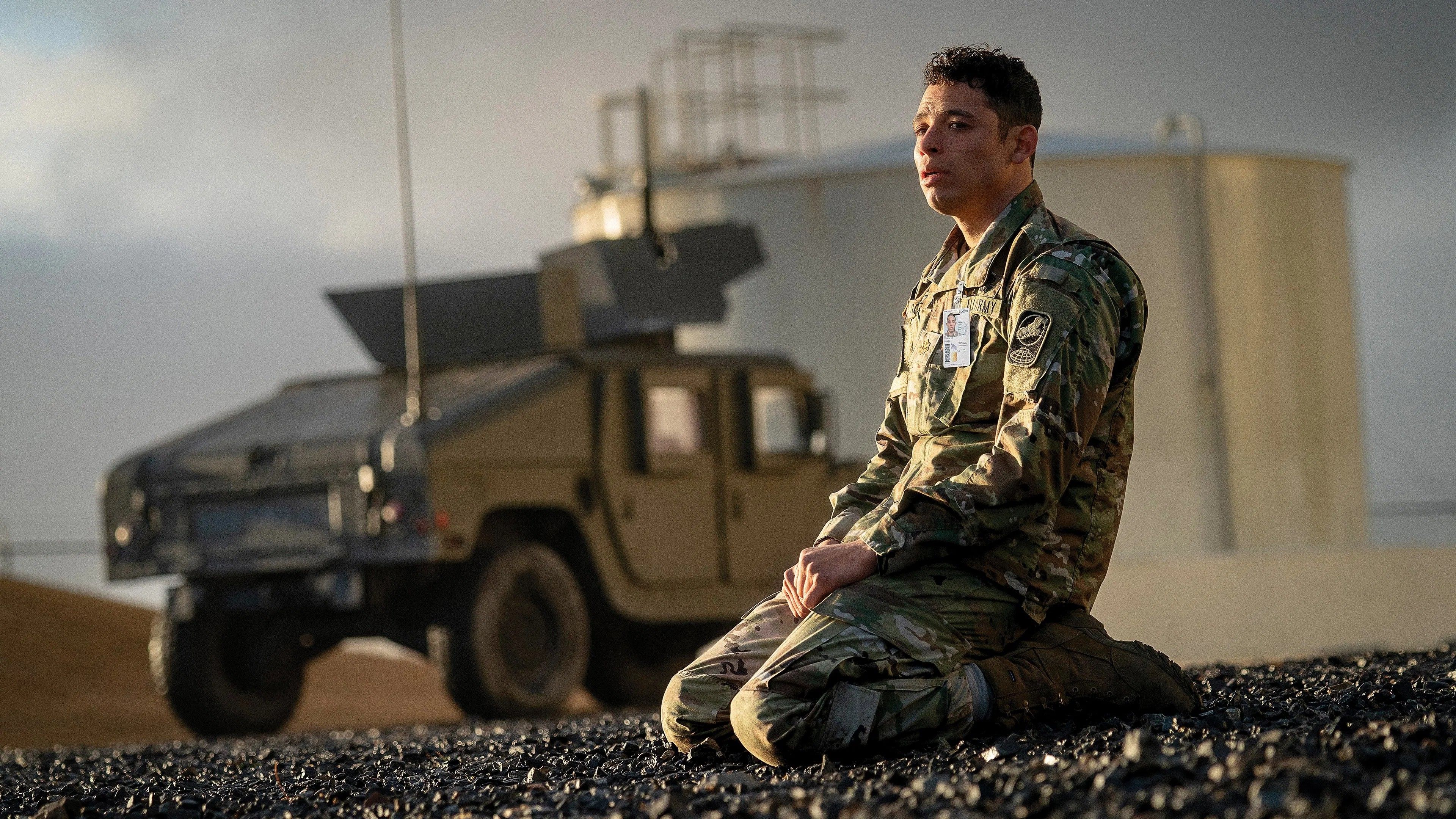
Kathryn Bigelow’s new movie is currently the most popular film on Netflix and is sparking a lot of discussion. While it generated excitement at the Venice Film Festival, reviews became more mixed after its wider release. Now that it’s available for streaming, audiences are having the same debates as critics.
Much of the discussion around A House of Dynamite centers on its ending: an incoming ICBM is destined to hit Chicago, and nothing can stop it. The filmmakers deliberately avoid showing the impact, leaving it ambiguous whether the warhead actually explodes. Earlier in the film, a malfunction is suggested as a possibility, and we never learn how the President reacts to his advisors’ conflicting advice. The movie concludes with scenes of characters arriving at Raven Rock, a military complex with a large underground bunker, and a shot of the commander at Fort Greely breaking down, before the credits roll.
It’s natural to be frustrated by that, but I don’t believe the ending is the core issue – it just seems that way.
A House Of Dynamite’s Story Structure Puts Too Much Pressure On The Ending

Despite all the discussion, the reason the movie ends the way it does seems fairly straightforward. A House of Dynamite sets up a situation for characters who are essentially prepared to handle it, and then shows how they react in a very human way. The film leads to a point where the president must make an impossible decision, demonstrating the difficulty of such a choice. However, we aren’t shown what he decides, forcing us to consider what we would do in his place.
It’s unsettling when things are left unresolved, and that feeling can be more frightening than knowing the truth. When we lose trust in the safeguards meant to prevent nuclear war, it motivates us to address the spread of weapons. This film aims for a meaningful message, and I believe leaving the aftermath to our imagination is more effective than actually showing a nuclear explosion.
The problem with A House of Dynamite isn’t the ending itself, but the journey to get there. Viewers may feel frustrated because the movie sets up certain expectations that ultimately overshadow any other feelings it tries to evoke.
The film repeats a short sequence three times, each time showing it from a different viewpoint, and this dramatically alters how we experience the story. Normally, a plot makes us want to know what happens next, and that feeling contributed to the unsettling feeling at the end. However, by stopping right before the climax and then replaying the scene twice, the film creates a powerful need to finally see what happens. It’s no longer just an ambiguous ending; it feels more like a TV show being unexpectedly cancelled, leaving the core mystery unanswered.
The movie’s large cast also adds to the feeling of dissatisfaction. While the way the story is told gives several actors significant roles, many familiar faces are stuck in parts that don’t really develop. This ultimately creates a sense of incompleteness and leaves viewers wanting more.
Like many viewers, I’m always happy to see Kaitlyn Dever in a movie. However, the brief appearance of the Secretary of Defense’s daughter felt like a setup – a character meant to be central to the events unfolding in Chicago. Willa Fitzgerald’s role as a CNN reporter was so small I completely lost track of her. This made the limited screen time given to Moses Ingram’s FEMA official even more noticeable – she arrived at Raven Rock, but wasn’t used enough throughout the film.
This ending needs to feel conclusive, but the way the film is built actually makes it seem like there should be another part. I don’t believe any other ending could have fixed that feeling without adding a whole new section, which would have ruined the film’s overall message.
Read More
- Super Animal Royale: All Mole Transportation Network Locations Guide
- The best Five Nights at Freddy’s 2 Easter egg solves a decade old mystery
- Zerowake GATES : BL RPG Tier List (November 2025)
- Shiba Inu’s Rollercoaster: Will It Rise or Waddle to the Bottom?
- Avengers: Doomsday Trailer Leak Has Made Its Way Online
- Daisy Ridley to Lead Pierre Morel’s Action-Thriller ‘The Good Samaritan’
- Pokemon Theme Park Has Strict Health Restrictions for Guest Entry
- xQc blames “AI controversy” for Arc Raiders snub at The Game Awards
- Wuthering Waves version 3.0 update ‘We Who See the Stars’ launches December 25
- Brent Oil Forecast
2025-10-30 00:28